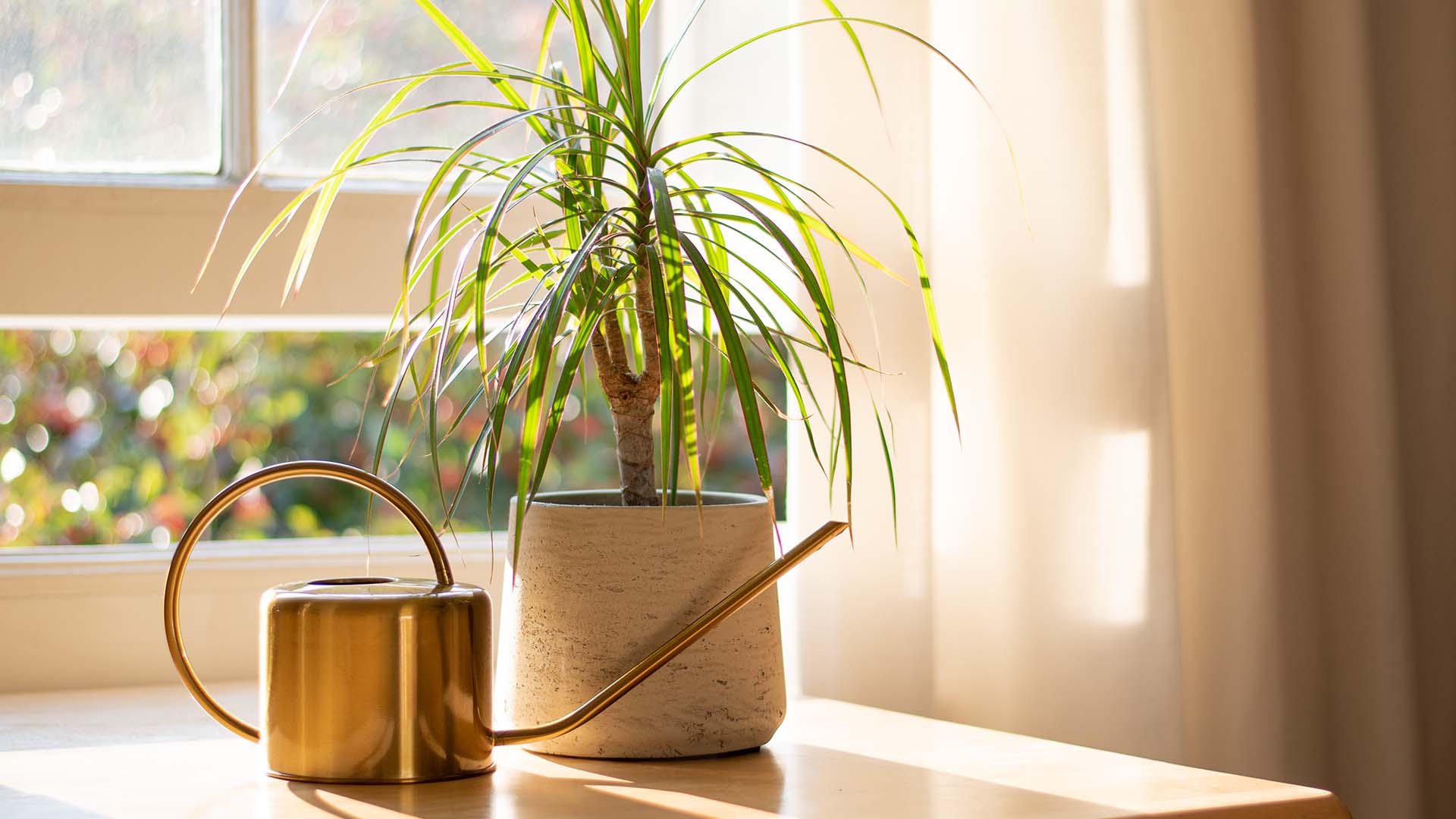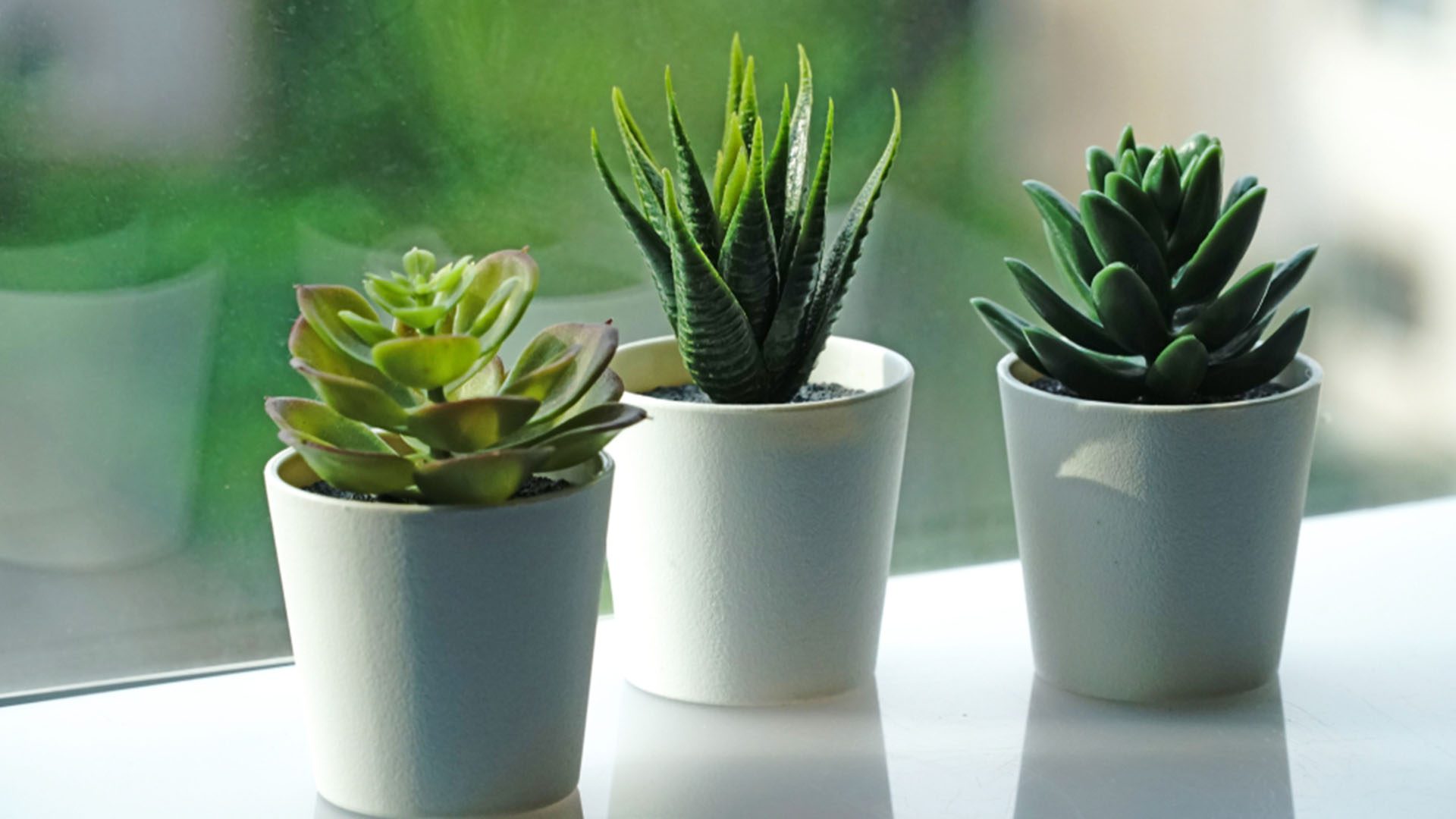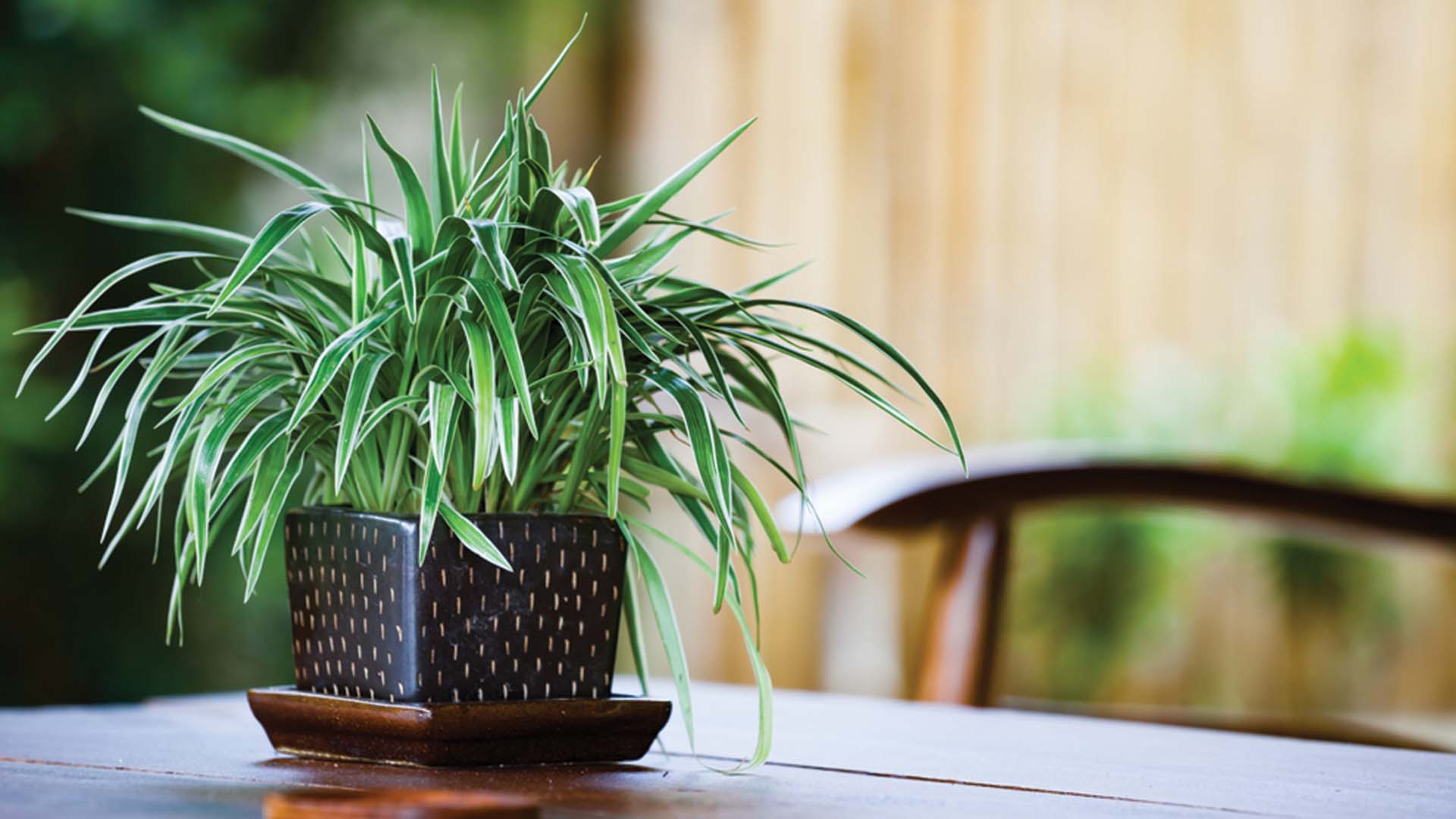If you’re taking a vacation this summer and you have a house full of plants, here are some tips from experts on how to keep them tended while you’re traveling.
Watering
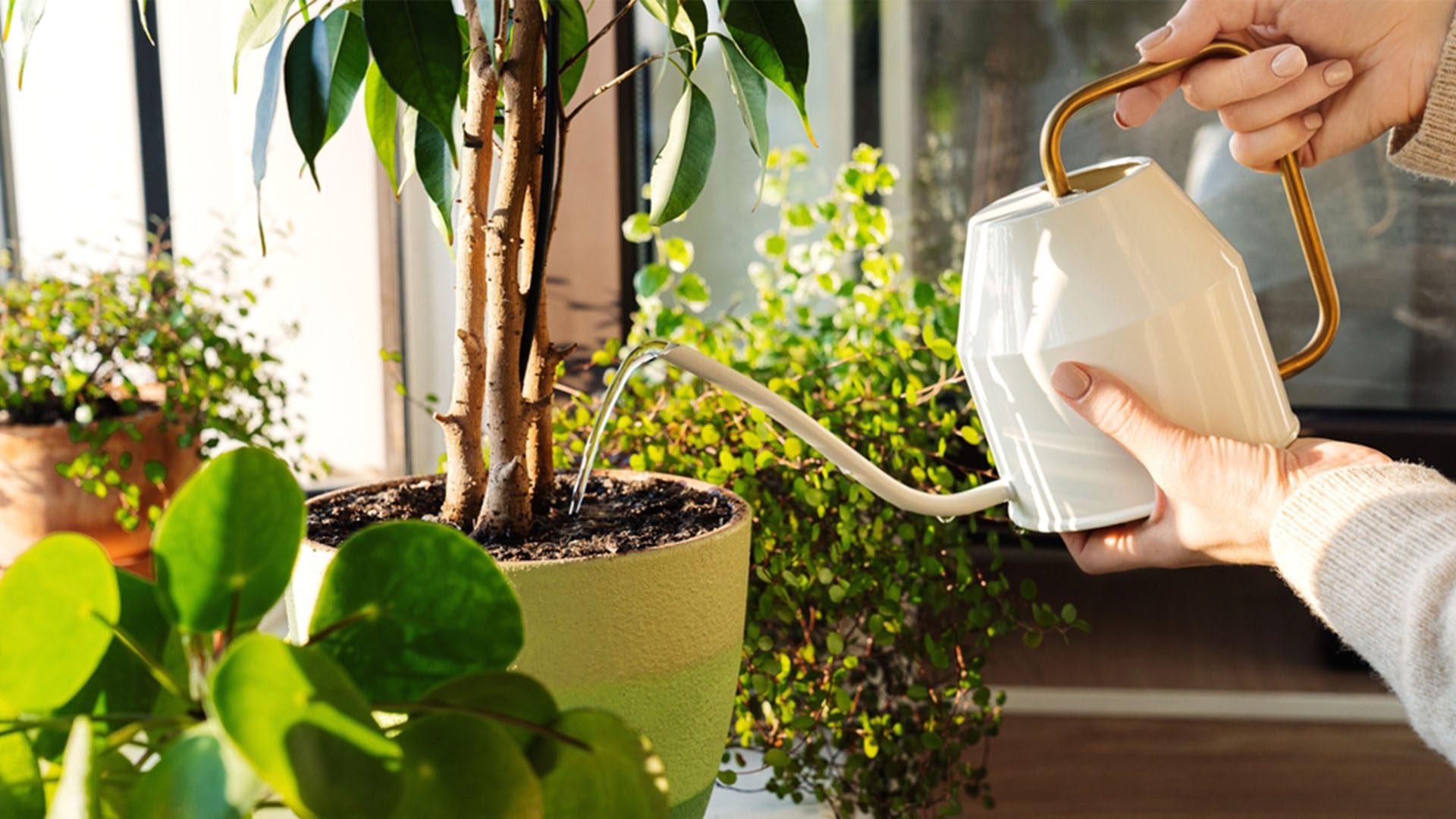
Factors such as plant type, potting mix, and length of ownership will influence how well your plant will do when the watering schedule changes. For example, some plant types require more frequent watering and some potting mixes retain moisture better than others. Growing conditions can also impact watering as brighter conditions cause the plants to drink faster.
“Most plants will typically be fine if you’re gone a week, but some may start to suffer if they go without water for two weeks,” says Justin Hancock, Costa Farms Horticulturist.
Ensure that you thoroughly water your plants before leaving to ensure that they don’t dry out while you’re away. “One easy way to do this is to put the plant in a sink or bucket with a couple of inches of water,” says Hancock. “Leave the plant to absorb moisture for about a half hour or so. Then let any excess moisture drip out.”
While watering is a crucial step in keeping your plants happy and healthy while you’re away, also ensure that you’re not overwatering as this can actually be worse for many plants than drying out. “If the roots sit in saturated conditions for more than a couple of hours, that can encourage root rot issues,” says Hancock. “And for most plants, being too wet is more harmful to them than drying out a bit too much.”
It may also be helpful to employ a self-watering system such as water wicks. Different systems can be bought or made yourself, such as using a piece of cotton fabric or wick that sits in water, and the other end of the wick is placed in the soil of a potted plant. And, if you will be gone for more than a week, it may be worth it to have a friend or family member stop to check in on and water your plants.
Lighting
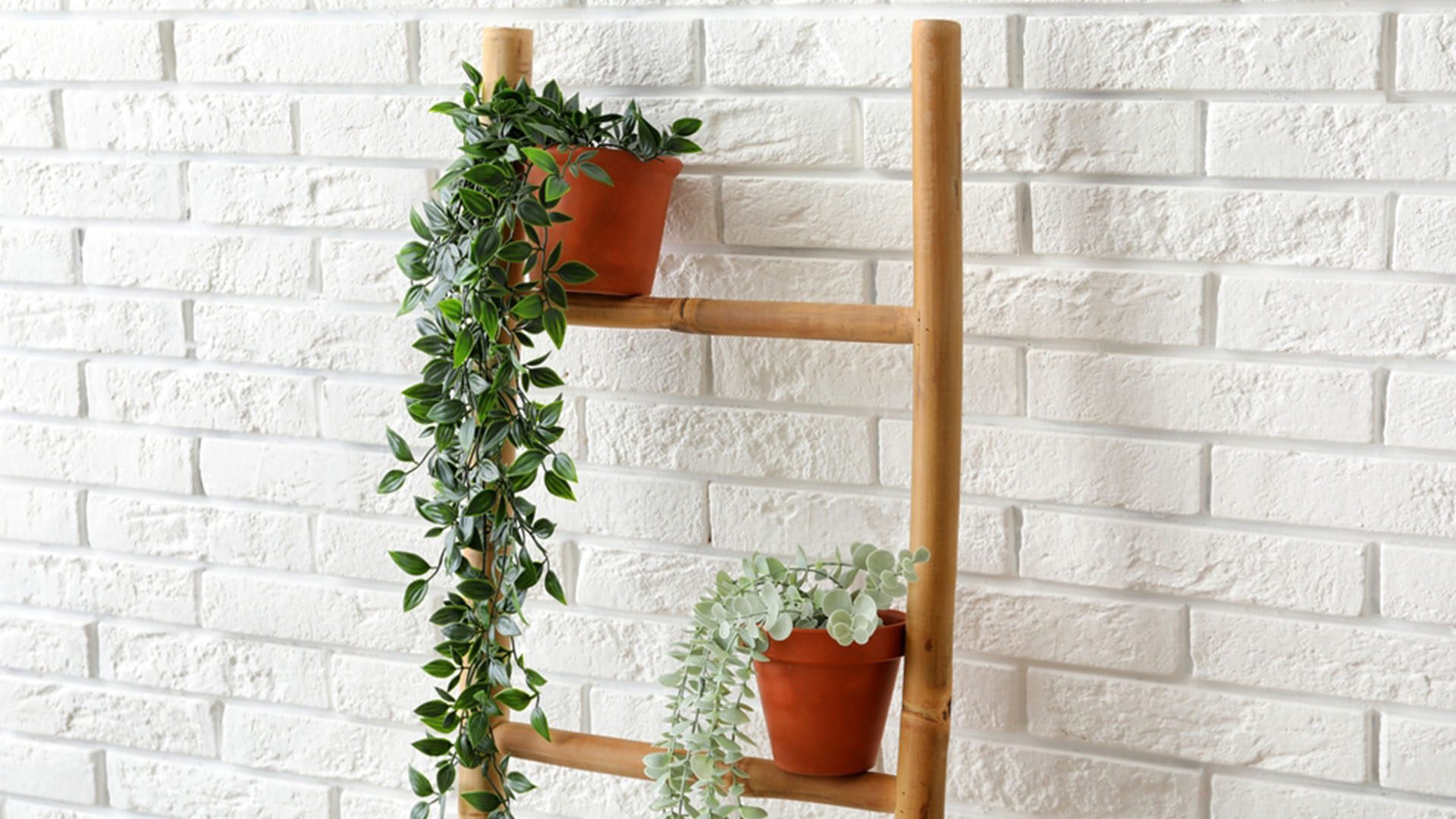
Every plant has its own preferred lighting conditions, such as direct sunlight, indirect sunlight, and variations in between. While you’re away, however, it can actually be helpful to move your plants to areas where they’re receiving less sunlight. According to Hancock, sunlight “can certainly be helpful as light fuels growth and growth fuels water use.”
Changing lighting conditions can be helpful but also ensure that you’re not placing your plants in extreme situations where there is either too little or too much light. So, for example, rather than moving your plants to a dark room, move them slightly back from the window where they’re normally placed.
“If a plant is used to being watered every other day or so during the growing season, it should be able to take one missed watering if you’ve moved it out of its more direct sunlight,” said Amanda Gillahad and Mark Waldroop, horticulturists for the Biltmore Estate Conservatory in North Carolina.
Grouping
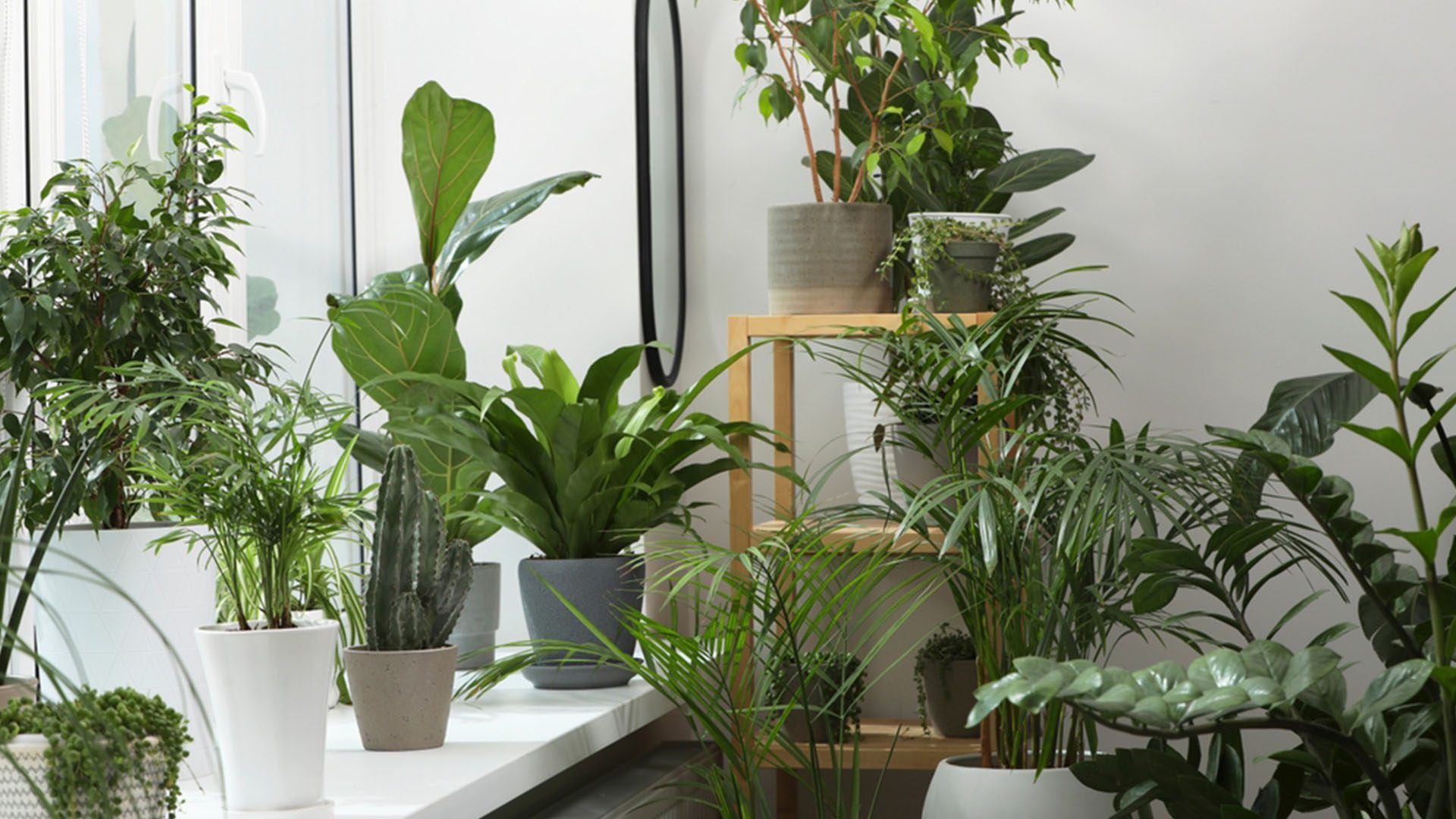
If you have several plants throughout your house, grouping them closely together can be beneficial in terms of preserving and maintaining humidity. Utilizing this technique raises the humidity around each individual plant, thus further reducing their need for water. “I’ve also grouped my plants together in a bathtub when I’ve been gone for a while and not able to find someone to come check on my plants,” Hancock says. “Being all grouped together like that raises the humidity so there’s less evaporation, and a lower-light bathroom slows their growth.”



